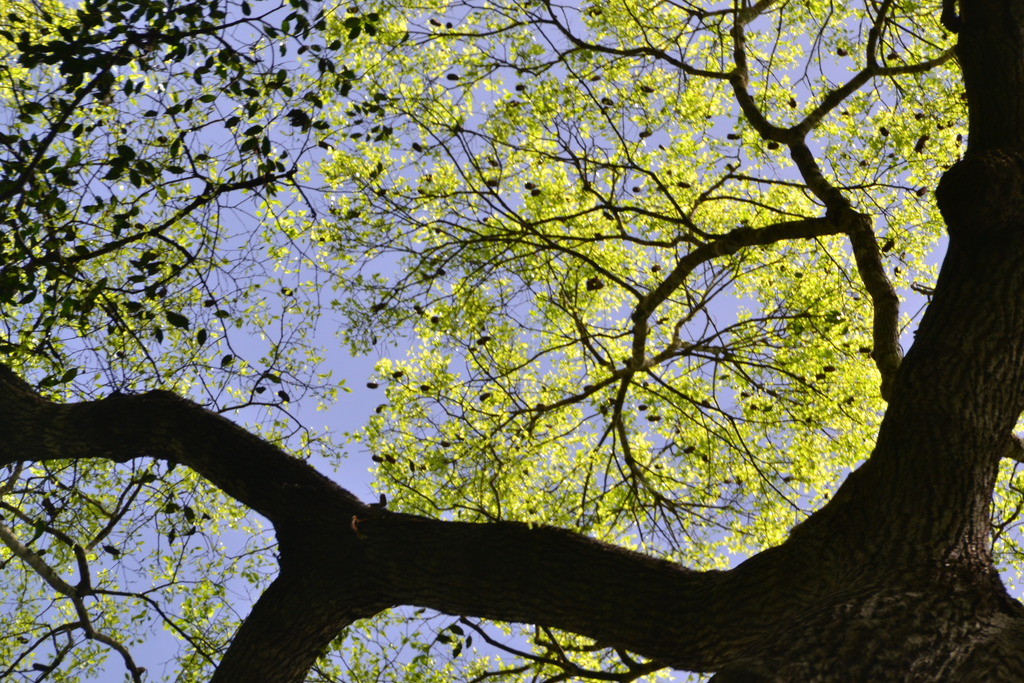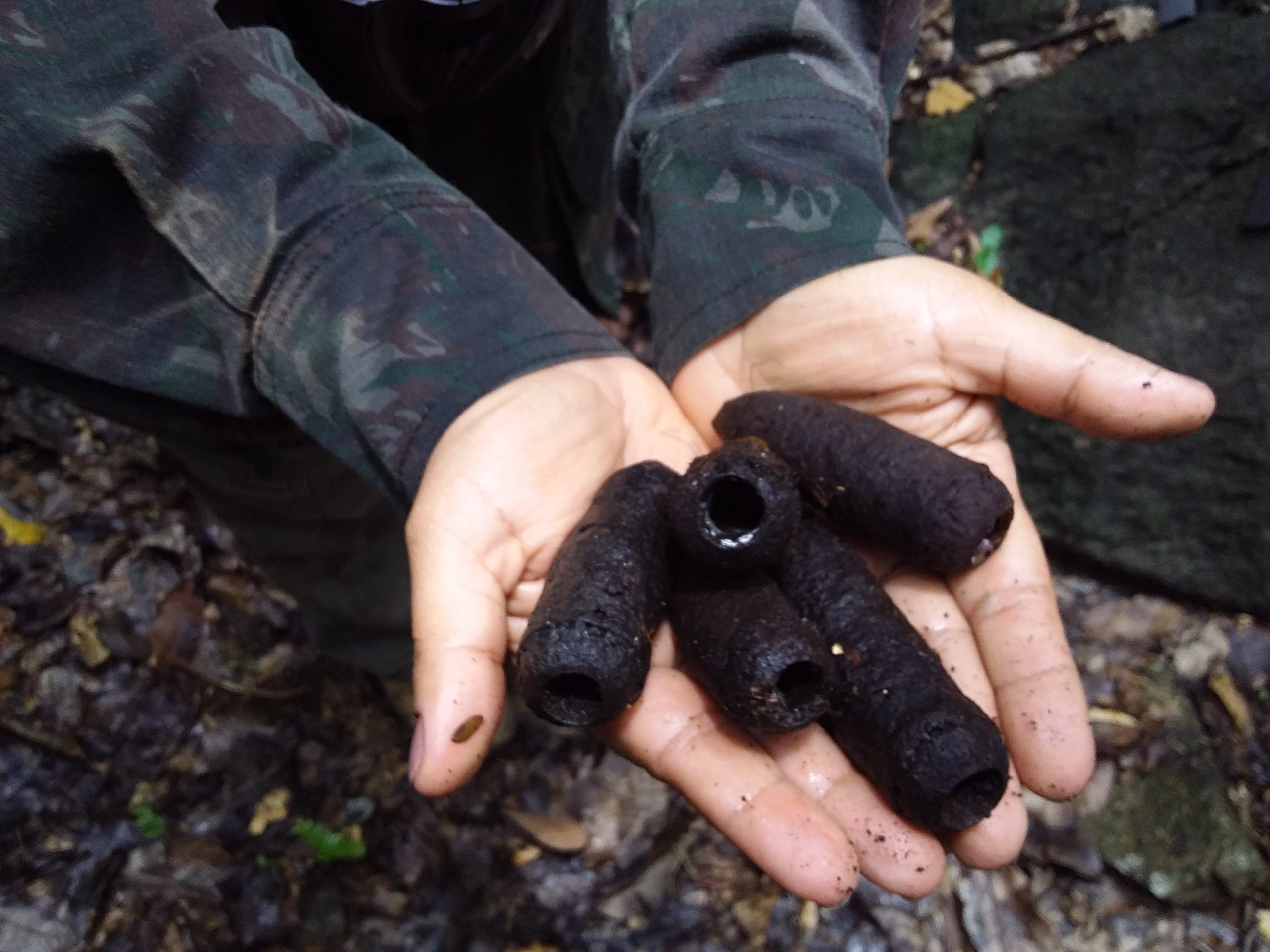Saving the rooftop of Pernambuco Endemism Center

-
Status of project
Completed -
Region
Latin America and the Caribbean -
Country
Brazil -
Programme
BGCI -
Workstream
Saving Plants -
Topic
Year in review 2022
Project funded via the Global Botanic Garden Fund. Project completed: 2022
Saving the rooftop of Pernambuco Endemism Center: collecting seeds of endangered emergent trees species from a biodiversity hotspot
Project goal
The project aimed to collect populational data and seeds of Manilkara dardanoi and Cariniana legalis, two endangered tree species from the Brazilian Northeastern.
- To perform expeditions in ten localities
- To collect data on number of individuals, flowering and fruiting from each found population
- To monitor seed production based on herbaria record and field work
- To collect seeds from each found population
- To distribute seeds to other botanical gardens
Key achievements
During this project the team at Jardim Botânico do Recife performed expeditions in fourteen localities. Seven individuals of Cariniana legalis were identified and ca. of 100 individuals of Manilkara dardanoi in the study area. Also one local extinction of Cariniana legalis was noted. Fruiting time was confirmed for Cariniana legalis in between January and March, while Manilkara dardanoi is in between February and May. 53 seeds of Cariniana legalis were collected and produced only one seedling that will be reintroduced in the natural area of Jardim Botânico do Recife. For Manilkara dardanoi 210 seed were collected but have not germinated. Unfortunately they were not able to distribute seeds for other botanical gardens.

Our results bring new information on population and seed production of these two species. Cariniana legalis present extreme low population densities and Manilkara dardanoi is restricted to only one locality. We identified the main difficulties in producing seedlings of these species from natural populations. We also performed techniques of in vitro propagation for Manilkara dardanoi. All these data are fundamental for advancing future recovery projects for both species. Especially because we have identified that these species are under continuing pressure in the studied area endorsed by our reporting of a extinction of one population of Cariniana legalis.